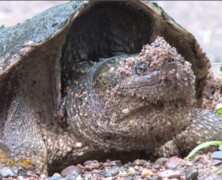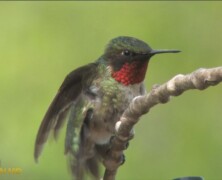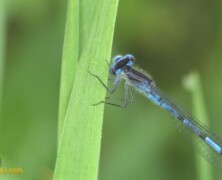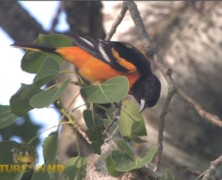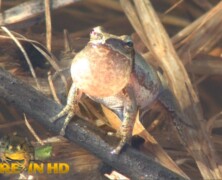In Early May, American Snapping Turtles begin to rise from the depths of the ponds where they have been wintering. Called estivating, these turtles will spend the entire winter submerged in the mud in the bottom of ponds and streams. Then, seeing the light and feeling the warmth of the early...
Ruby-Throated Hummingbird...
posted by Nature In HD
When you are only two inches high, protecting your special patch of flowers for your food source becomes a demanding job; you are always on duty. Sitting nearby, you must be ever vigilant for intruders, which must be immediately chased off. North America’s only breeding hummingbirds, the...
Bluets and Ebony Jewelwin...
posted by Nature In HD
Bluets and Damselflies are small invertebrates belonging to the group Odonata. Along with their cousins, dragonflies, they are members of the oldest insect species–dating back to over 200 million years. Spending most of their lives as larva, or nymphs, they live in ponds and lakes...
Baltimore Oriole
posted by Nature In HD
After wintering in Central America, these Baltimore Orioles have selected a perfect nesting spot; high in a cottonwood tree. The Female Oriole alone weaves the nest for the brood. It can take her a week or more to construct the sturdy, tightly woven basket. Using grasses, bark, wool and even...
Meet the Spring Peeper
posted by Nature In HD
When you are only an inch long, you have special issues. Being heard above all others so you can find a mate, can be a problem. And, with wetlands diminishing, space is a challenge. Meet the Northern Spring Peeper. Called “pinkletinks” or “tinkeltoes” in some areas of the...

